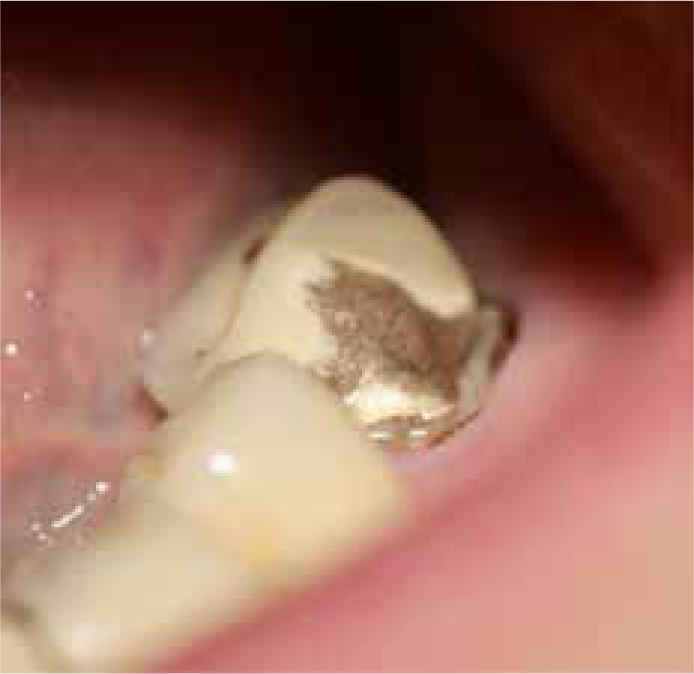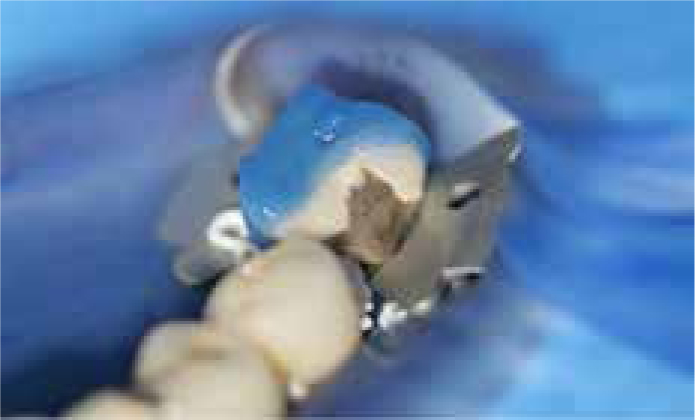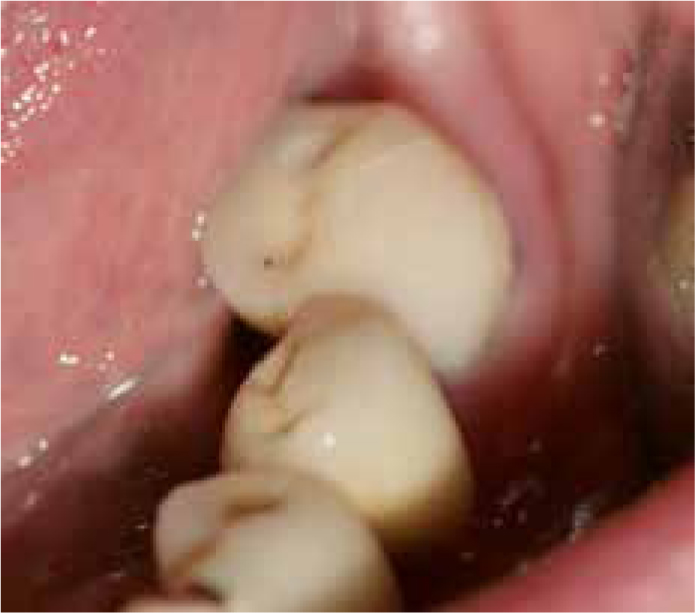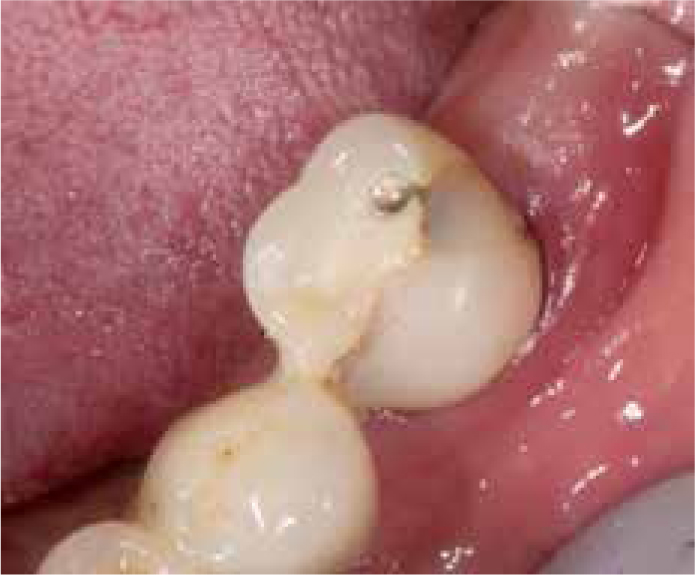Article
In light of the discussions in the literature of repair verses replacement I was interested to see the very useful technique tip in the January 2017 issue, where the ‘Cojet technique’ was used alongside a universal bonding agent containing silane.
Whilst there are no clinical evaluations of the long-term effectiveness of this technique, I thought the readers might like to see a repair effected on the distal retainer of a four unit bridge 12 years ago (Figure 1). The tooth was isolated and block out resin applied to the remaining ceramic so as not to roughen the surface with the Cojet sand (Figure 2).


At the time there were no bonding agents which contained silane and so, in the case described, the conventional approach using Cojet sand, hydrofluoric acid, silane, bonding agent and composite was employed. The restoration was completed and the patient was happy with the result (Figure 3).

Eight years later another piece of the porcelain fractured but the composite repair was still present. A further repair was undertaken.
Four years later both repairs are still present (Figure 4).

I would agree entirely with Trevor Burke when he says that, in his experience, patients are very grateful for such repairs, especially when the alternative would be significantly more expensive and require extensive treatment. Such treatment can be expensive, both financially and biologically, in that the tooth or teeth have to endure further ‘assaults’. Repairing is both cheaper and totally non-invasive.
In this case, the tooth was not visible, but the patient requested something be done because she didn't like the appearance.
It is not possible in all cases to provide an evidence base for all procedures undertaken in practice, but a sound knowledge and understanding of dental materials and their applications allows us to salvage situations that otherwise might prove very difficult.

